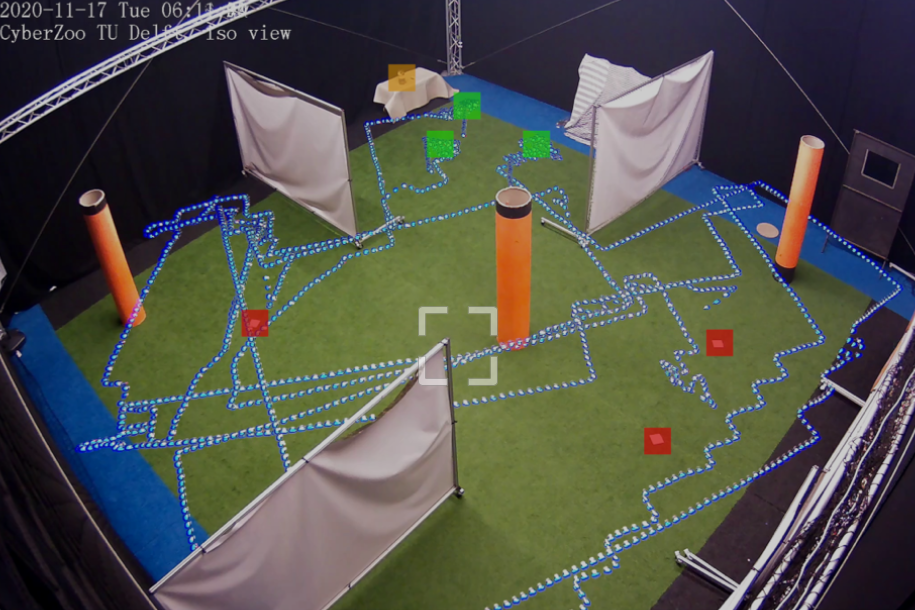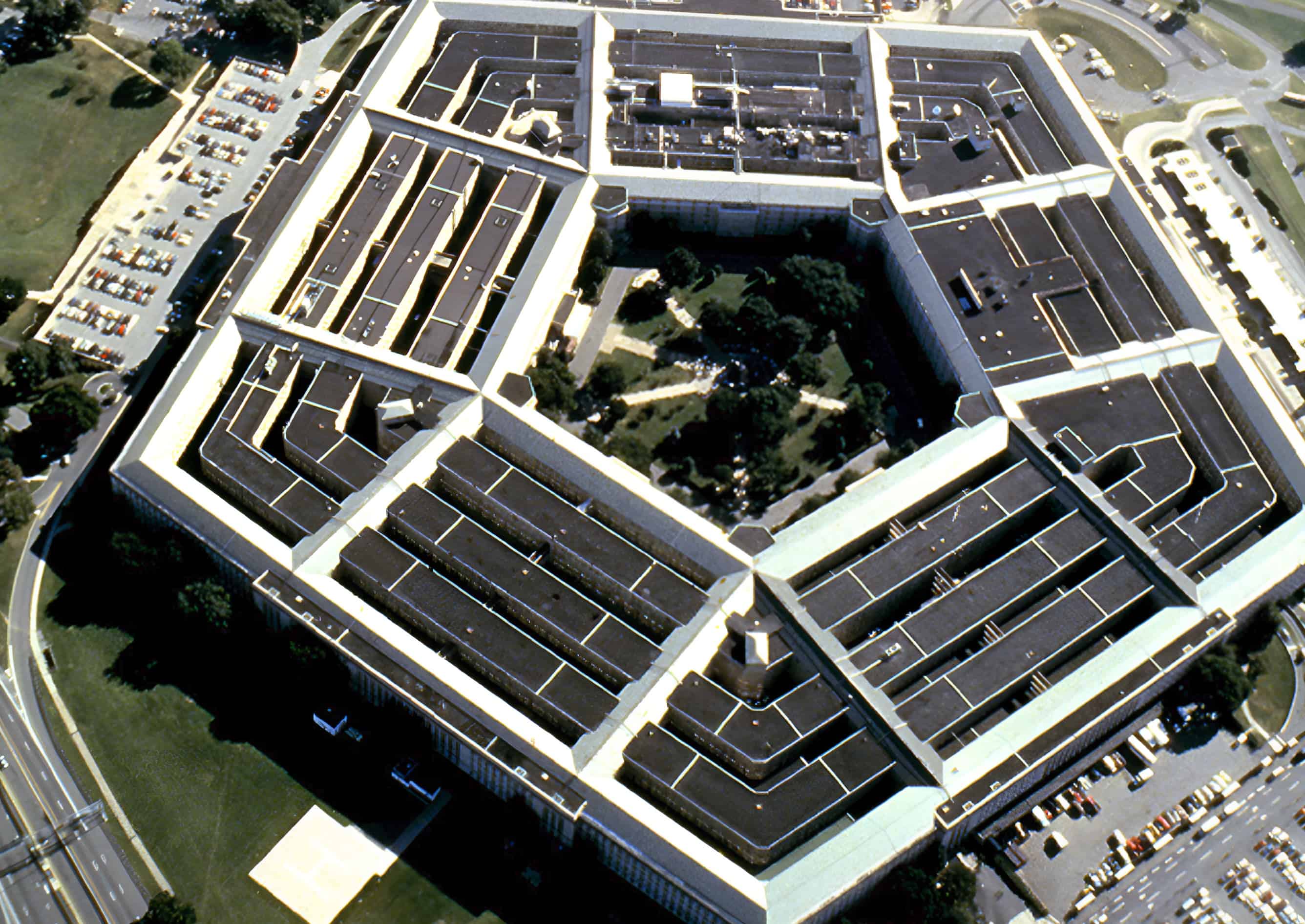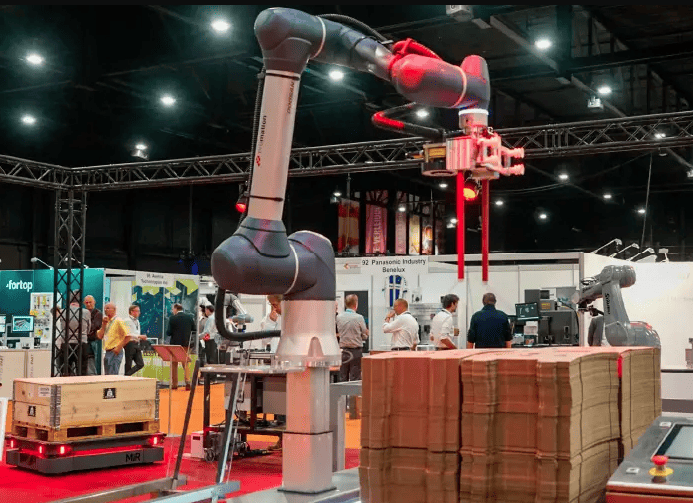
We can smell a gas leak somewhere, but finding out where it is is a different matter altogether. Especially if it involves a large building or an industrial site, for example. Researchers from Delft University of Technology (TU Delft, the Netherlands), the University of Barcelona (Spain), and Harvard University (US) have now developed small drones that can detect these leaks in a swarm. The drones can do this better than artificial gas sensors. Plus, it’s a lot safer for firefighters.
The scientists are presenting the drones later this year at the renowned IROS robotics conference. TU Delft said in a press release that the research represents an important step in the development of intelligence in small robots.
Autonomous localization of gas sources is a complex task. Artificial gas sensors are not as capable as animal noses are at detecting small amounts of gas or responding to rapid changes in gas concentration levels. Moreover, the environment in which the gas then spreads can be complex. Much of the research in this area has therefore focused on autonomous robots that search for a gas source in relatively small environments without obstacles, where the source is easier to find.
Swarms of small drones
“We are convinced that working with a swarm of small drones is a highly promising approach for autonomous gas source localization,” says Guido de Croon, professor at TU Delft’s Micro Air Vehicle laboratory. “The small size of the drones makes them very safe for people and items that may still be in the building. Since they are able to fly, they can ultimately search for the source in three dimensions. In addition, because of their size, they can also be used in small indoor spaces.”
Fruit flies
The drones are in fact pretty small. The study used CrazyFlie drones, which have a diameter of 12 cm and weigh only about 37.5 grams each. Which makes it difficult to give them much intelligence. Still, they should be able to find their way around, detect gas and also fly in a swarm without colliding with any other drones. To solve that problem, the scientists looked at fruit flies. These flies have very small brains. Yet they know how to navigate just fine.
“They do this by cleverly combining relatively simple actions,” explains Bart Duisterhof, who devoted his master’s thesis at TU Delft to this research. “For example, fruit flies fly either against the airflow or perpendicular to the airflow. Depending on whether or not they can smell the odor. We have taught our robots a similarly simple behavior to carry out their task.”
The small drones incorporate a new “insect algorithm” called the “Sniffy Bug” for their navigation. As long as none of the drones has smelled gas yet, the drones spread out over the environment as much as possible, while avoiding obstacles and each other. When one of the drones detects gas, it relays it to the others. From that point on, the drones start working with each other to find the gas source as quickly as possible.
Detecting diseases
“This research reveals that swarms of small drones can perform very complex tasks,” Guido de Croon adds. “We hope that this research will inspire other robotics researchers out there to reconsider what type of AI is needed for autonomous flight.”
According to the scientists, the algorithms that have been developed are not only useful for detecting gas leaks in buildings, but for scientific missions as well. Such as for detecting methane on Mars, or the early detection of diseases or pests in greenhouses.
The scientific article has been published on the ArXiv article server.
Also interesting: Detecting environmental damage in forests with drones and sensors







